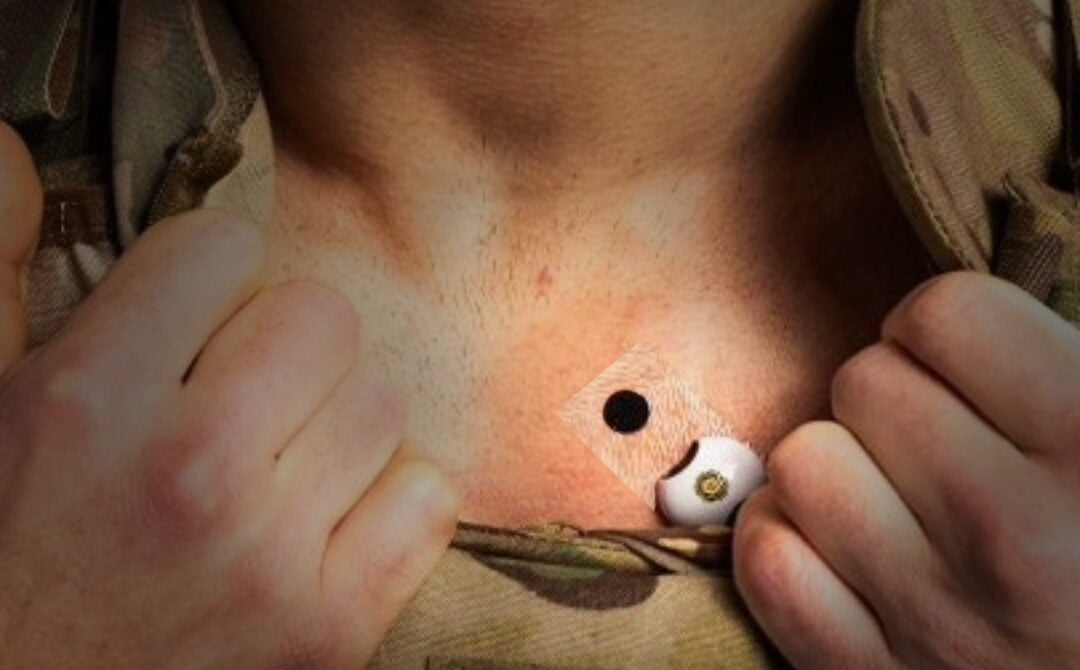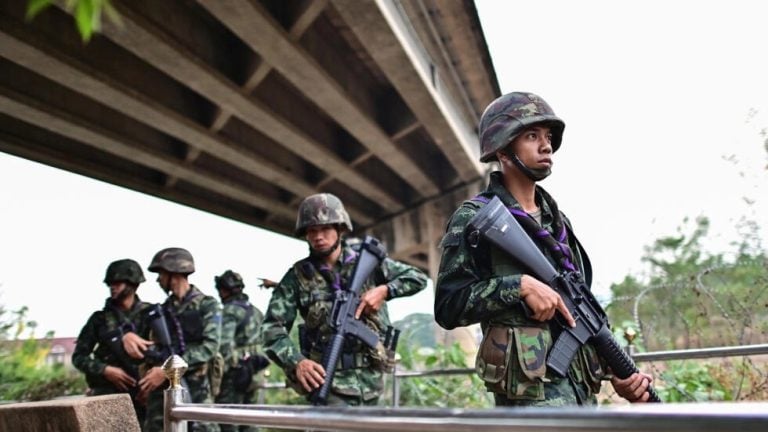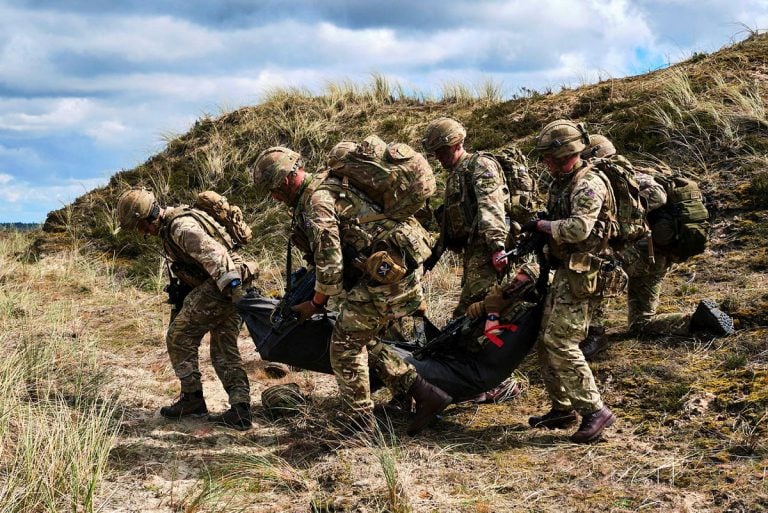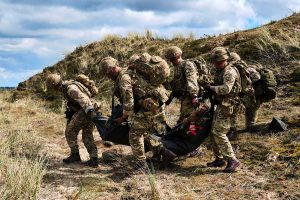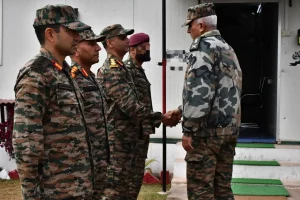U.S. Special Operations Forces are set to enhance their operational capabilities with the introduction of an innovative chest-worn sensor designed to simultaneously monitor vital signs and detect hazardous gases or chemicals. This advanced technology, developed by LifeLens Technologies, is part of the Army’s Wearable All-hazard Remote-monitoring Program (WARP).
The device consists of a small adhesive node equipped with 25 miniature sensors tasked with gathering a wide array of health and environmental data. This compact yet sophisticated node will continuously monitor the wearer’s vital signs, ensuring that commanders have real-time access to critical health information during missions.
Data collected by the sensor node is transmitted to a fob-sized “gateway” that consolidates inputs from all 25 sensors. This integration provides commanders a comprehensive and live overview of both the vital health parameters of the operators and potential environmental threats in their vicinity.
The deployment of this technology is likely to significantly improve situational awareness for U.S. troops, enabling them to respond more effectively to dynamic and potentially life-threatening situations. By ensuring that the operators’ health and safety are closely monitored, military leaders hope to enhance decision-making processes in challenging environments.
As the military continues to seek innovative solutions to improve soldier safety and efficacy in the field, this new wearable technology promises to be a valuable asset for Special Operations Forces, illustrating a forward-thinking approach in adapting to modern warfare challenges.
